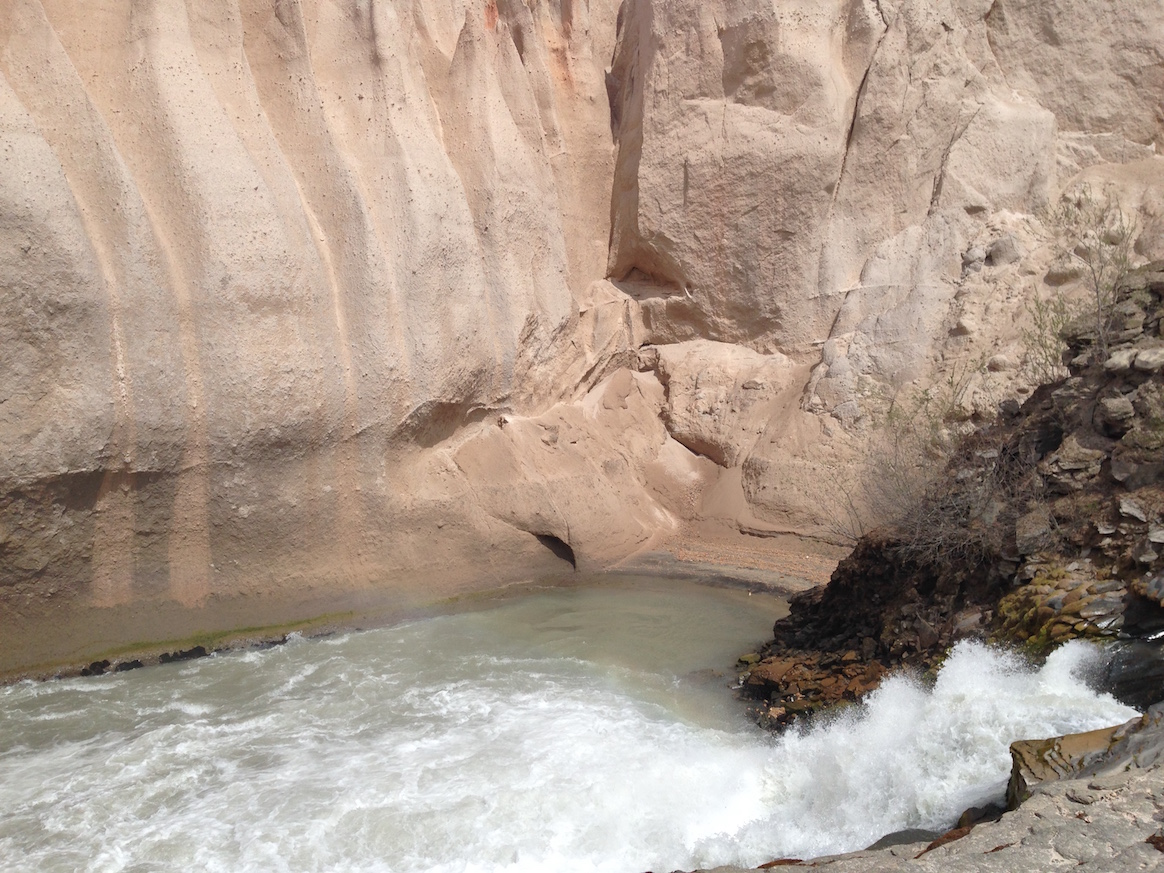Katmai National Park and Preserve’s climate is called “notoriously miserable” in our National Park Service film. Because of the harsh landscape, cataclysmic events defining the rugged past, and its remoteness, the Katmai area provokes flora and fauna to undergo sequences of adaptations for survival.
In the park, adaption and change are key to survival, for the entire ecosystem. These adjustments are also experienced by humans and, as a new member of the Katmai interpretive team, I have had to adapt to new surroundings as well.
It is the beginning of June and we have started to see bears, wolves and arctic ground squirrels roaming around Brooks Camp and in the neighboring mountains. In Katmai, bears usually go into hibernation around mid-October and November, settling in their dens alone or with cubs. All summer long, they have been scouting the unique coastal ecosystem for food. They dig for clams, catch sockeye salmon at the falls and graze on grasses and sedges. After gaining a few hundred pounds, they are prepared to stay in their dens until April and May.
Similarly, the arctic ground squirrels make dens in mountainsides for their own seven- or eight-month hibernations. They evolved to hibernate to survive the large snowfall and harsh winter conditions that this Alaskan park deals out every year.
As interpretive rangers at Katmai National Park and Preserve, my fellow rangers and I do not live in the park in the winter, our own way of coping with the long season. When I arrived in Alaska for the first time last month, I was shocked at the cold, windy weather at Brooks Camp. It was easy to jump on a plane with freeze-dried goods, traveling in a matter of days from a sunny, humid region of the Lower 48 to the leafless, barren park. But, once here, I was faced with the stark reality of how remote Katmai actually is.
Preparing for the season, we ran into more problems. Our water lines were frozen, so rangers were without water for a few weeks. The erosion on the river banks warranted further trail repair and restorative maintenance. And, the low lake levels due to a cold winter and packed ice made it hard to ship anything out, delaying progress for a month or two. We had to come prepared for the weather, and the lack of stores and convenience to foods and other goods. Moving is hard, especially when this change is drastic.
The permanent settlers who inhabited the Brooks Camp region for over 4500 years ago went through a series of trial and error, much like our own, in things like constructing warm homes or hunting and gathering in a variety of ways with the changing food resources. Though I did not have to deal with the harshness these villagers did, it was difficult for me to adjust to such a remote climate and the overall landscape. I too had to learn how many layers to carry at all times, what rain and bug gear to take to which parts of the park, and how much sunscreen to apply when visiting the Valley of Ten Thousand Smokes.
But, with our opening month coming to a close, I have a pretty good grasp of life in Katmai, adapting and integrating my life into the environment. I have experienced the harsh beauty of the place I now call home, just as the brown bears, arctic ground squirrels and all other wildlife have.
Katmai is home to a uniquely wild and intricate ecosystem. Through adaptations to the climate, which keeps us on our toes, we can continue to survive on this landscape, and enjoy the beauty and rareness of this area.
The Ukak Falls Trail is one of the interpretive hikes visitors can take along with
Katmai rangers to explore the Valley of 10,000 Smokes. (NPS Photo.)

